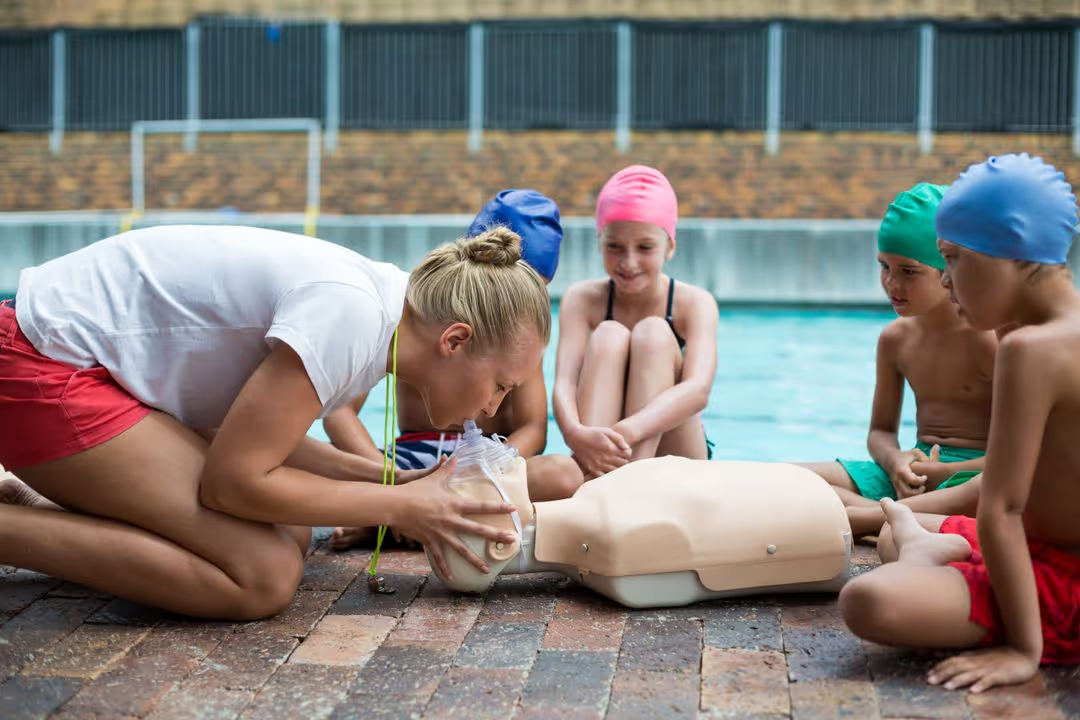Innovative Simulation Technology Revolutionizes Healthcare Emergency Response Training
In recent years, the landscape of healthcare emergency response training has undergone a transformative revolution, thanks to the integration of cutting-edge simulation technology. This groundbreaking approach has not only enhanced the preparedness of healthcare professionals but has also ushered in a new era of realism and efficiency in emergency response training programs. In this comprehensive exploration, we delve into the various facets of this innovative simulation technology and its profound impact on healthcare emergency response training. Click here for more information about healthcare emergency response training.
The Evolution of Healthcare Emergency Response Training:
To understand the significance of the revolution, we must first trace the evolution of healthcare emergency response training. Traditional training methods often relied on theoretical knowledge, classroom lectures, and occasional practical exercises. However, the limitations of these approaches became evident, prompting a paradigm shift towards more immersive and realistic training experiences.
The Rise of Simulation Technology:
- The advent of advanced simulation technology marked a pivotal moment in healthcare education.
- Simulations, once confined to pilot training and military exercises, found their way into medical training programs.
- High-fidelity manikins, virtual reality (VR) scenarios, and augmented reality (AR) applications emerged as powerful tools to replicate real-life emergency situations within controlled environments.

Realism Redefined: High-Fidelity Manikins:
One of the cornerstones of the simulation revolution is the development of high-fidelity manikins. These sophisticated models mimic human physiology with remarkable accuracy, allowing healthcare professionals to practice various emergency procedures, from CPR to complex surgical interventions. The tactile feedback and realistic responses offered by these manikins elevate the training experience to unprecedented levels.
Virtual Reality (VR) and Augmented Reality (AR) in Healthcare Training:
Virtual reality and augmented reality have transcended gaming and entertainment, finding a profound application in healthcare emergency response training. VR immerses practitioners in lifelike scenarios, enabling them to navigate and respond to emergencies within a simulated environment. Similarly, AR overlays digital information onto the real world, enhancing the learning experience by providing additional context and guidance during training exercises.
Interdisciplinary Collaboration: Bridging Gaps in Communication:
- Effective communication is critical in emergency situations, and simulation technology has become a catalyst for interdisciplinary collaboration.
- Training programs now emphasize team-based simulations, bringing together healthcare professionals from various disciplines to enhance coordination and communication skills during emergencies.
Customization and Adaptability:
One of the key advantages of simulation technology is its adaptability to different healthcare settings and scenarios. Training programs can be customized to simulate specific emergencies, ensuring that healthcare professionals are well-prepared for the challenges they may encounter in their respective fields. This flexibility contributes to a more tailored and effective training experience.

Impact on Patient Safety and Outcomes:
The integration of innovative simulation technology into healthcare emergency response training directly correlates with improved patient safety and outcomes. Practitioners who undergo realistic and immersive training are better equipped to handle emergencies with confidence and precision, ultimately leading to enhanced patient care.
Challenges and Ethical Considerations:
As with any technological advancement, the integration of simulation technology in healthcare training comes with its own set of challenges and ethical considerations. Issues such as cost, access, and the potential for desensitization must be addressed to ensure the responsible and equitable implementation of these technologies in training programs.
Future Trends and Possibilities:
Looking ahead, the future of healthcare emergency response training seems boundless. From artificial intelligence-driven simulations to the incorporation of emerging technologies, such as haptic feedback and 3D printing, the possibilities for further innovation are vast. This section explores the potential trends that may shape the next phase of simulation technology in healthcare training.
The modern simulation tools go beyond basic recreations, incorporating virtual reality applications, interactive scenarios, and data analytics. Virtual reality adds an extra layer of immersion, allowing medical professionals to feel fully present in simulated situations. Interactive scenarios are customizable, catering to the specific needs of different healthcare disciplines. Data analytics provide valuable insights into the performance of individuals and teams, facilitating targeted improvements.
Case Studies and Success Stories:
To illustrate the real-world impact of innovative simulation technology, this section provides in-depth case studies and success stories from healthcare institutions that have embraced these advancements in their training programs. These examples highlight the tangible benefits experienced by practitioners and the positive outcomes observed in emergency situations.
Integration into Existing Curriculum
To ensure widespread adoption, it is essential to develop strategies for seamlessly integrating simulation technology into existing healthcare training programs. Collaborations between educational institutions and technology providers can facilitate this integration, creating comprehensive and effective training curricula.
Global Adoption and Standardization
- The global healthcare community is increasingly recognizing the value of simulation technology in training.
- Efforts are underway to standardize simulation protocols, ensuring consistency and quality in training programs worldwide.
- The acceptance of simulation technology as a standard practice highlights its transformative impact on healthcare education.
User Testimonials
Feedback from medical professionals who have undergone simulation training provides valuable insights. Testimonials often emphasize the realistic nature of the scenarios, the improvement in decision-making skills, and the increased confidence in handling emergency situations. Real-world experiences from those who have benefited from simulation technology contribute to its credibility and effectiveness.
Continuous Learning and Updates
In the rapidly evolving field of healthcare, continuous learning is essential. Staying updated with the latest technology trends ensures that medical professionals are well-prepared for the challenges of their dynamic roles. Ongoing training programs, incorporating the latest advancements in simulation technology, contribute to the ongoing development of healthcare professionals.
The realism, adaptability, and interdisciplinary focus of these advancements have redefined the training landscape, offering healthcare professionals unparalleled opportunities to refine their skills and improve patient outcomes. As technology continues to evolve, the ongoing collaboration between educators, healthcare institutions, and technology developers will play a crucial role in shaping the future of emergency response training.

